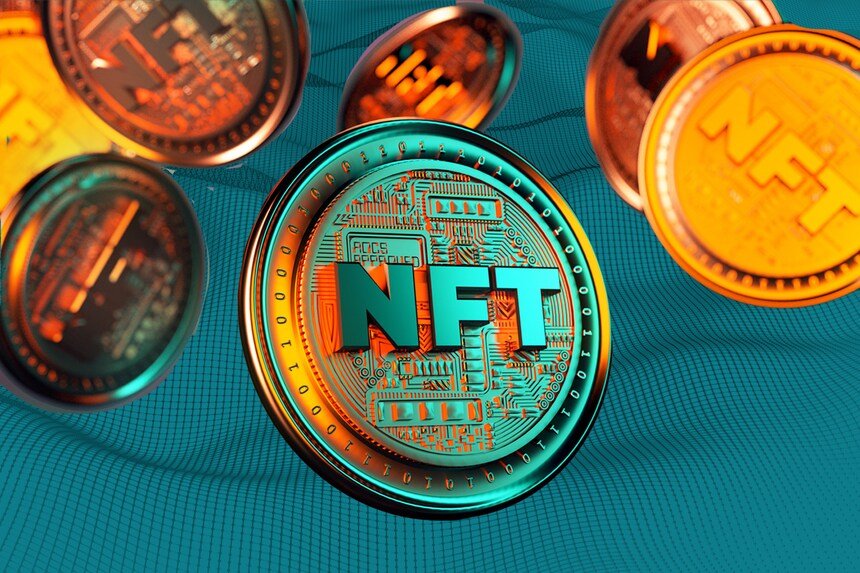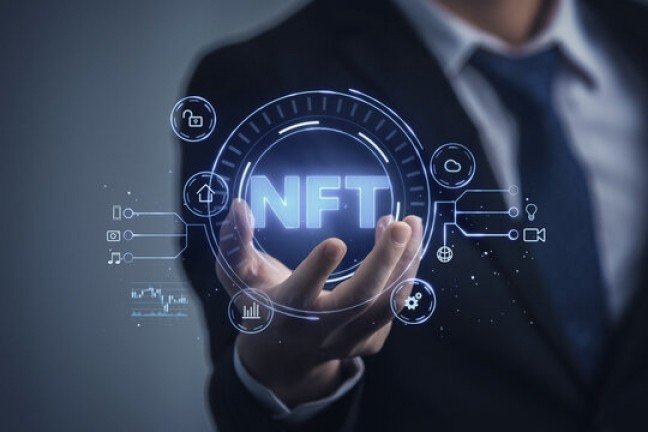NFTs linked to virtual assets are also subject to regulations such as reporting
Key criteria for uniqueness and non-substitutability… Excluding collection/receipt purposes, etc.

Non-Fungible Token (NFT) (PG)
Ahead of the implementation of the ‘Virtual Asset User Protection Act’ next month, financial authorities have prepared guidelines to determine whether non-fungible tokens (NFTs) are virtual assets.
It was judged that NFTs, which are issued in large quantities or in large-scale series or can be exchanged in conjunction with other virtual assets, have a high potential to be considered virtual assets.
The Financial Services Commission announced the ‘Guidelines for judging NFT virtual assets’ on the 10th and stated, “If it takes the form of an NFT but is actually a virtual asset, the ‘Virtual Asset User Protection Act’ applies.”
The financial authorities decided to first examine whether the NFT in question corresponds to a security under the Capital Markets Act, and if not, determine whether it corresponds to a virtual asset under the Virtual Asset User Protection Act.
NFT usually refers to a token that has ‘unique’ information and is ‘impossible to replace’ with anything else.
NFTs are issued in limited quantities and traded primarily for the purpose of collecting content such as videos and images, so the number of holders is limited and secondary transactions are limited.
For this reason, NFTs are excluded from the scope of virtual assets subject to the ‘Virtual Asset User Protection Act’, which will come into effect on the 19th of next month.
However, the Financial Services Commission considered that if a specific NFT loses its uniqueness and non-substitutability, it is highly likely to fall under a virtual asset.
According to the guidelines, ▲ When it is issued in bulk or in a large series and has a high possibility of fungibility ▲ When it can be divided and its uniqueness is greatly weakened ▲ When it can be used as a direct or indirect means of payment for specific goods or services ▲ When it can be exchanged for virtual assets Cases where payment of goods and services are possible or linked are presented.
Jeon Yo-seop, head of the Financial Innovation Planning Division of the Financial Services Commission, said, “For example, if 1 million NFTs were issued, there would be a lot of transactions and there is a possibility that they would be used for payment purposes.” “There is a high possibility,” he explained.
However, the Financial Services Commission decided to consider specific circumstances on a case-by-case basis rather than presenting a specific issuance volume as a criterion, such as ‘considered a virtual asset when the issuance amount exceeds 1,000’.
Even in cases where NFT performs the same payment function as a specific virtual asset, bypassing virtual asset regulations was blocked by determining that it was substantially the same as the corresponding virtual asset.
On the other hand, in cases where the economic value or function is minimal or cannot be traded or transferred, it is interpreted as a general NFT rather than a virtual asset.
This means that if it is used only for the purpose of proving transaction details (receipts) or is issued as a ticket for exhibition or viewing purposes, it cannot be regarded as a financial area.
Relationship between securities, virtual assets, and NFTs
As a result of review according to the guidelines, if the NFT they are issuing or distributing is a virtual asset, the business operator must comply with virtual asset-related laws and reporting obligations, such as the ‘Virtual Asset User Protection Act’ and the ‘Specific Financial Information Act’.
If it is difficult to make a decision, a decision committee will be formed to provide an interpretation by contacting the financial authorities.
However, the Financial Services Commission did not disclose on this day whether specific or individual cases were virtual assets.
Director Jeong Yong-seop said, “We presented guidelines in advance and had them make judgments to prepare businesses, but there was no case where we were asked (whether or not it was a virtual asset),” adding, “It is not a situation that is cause for concern (in terms of the size of the target for reporting, etc.).” “It’s the same,” he said.










